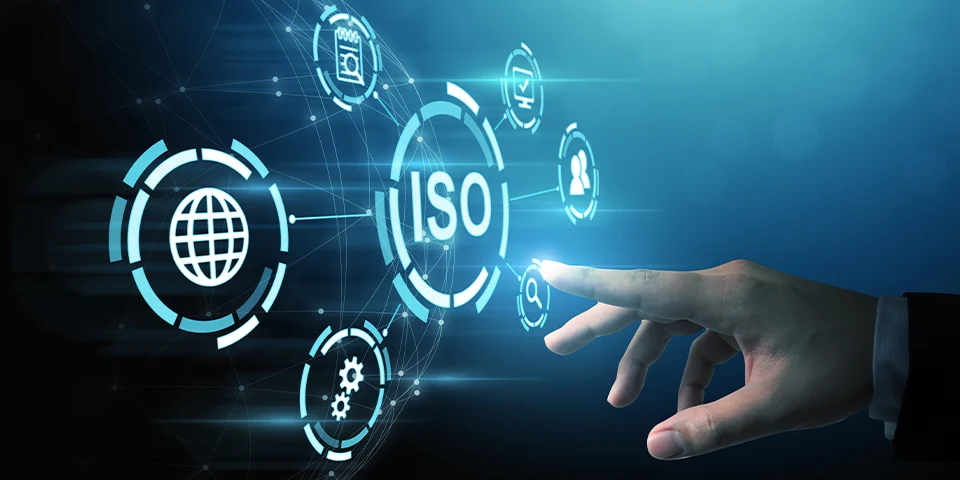Prior to ISO 20022, a German bank sending money to a bank in Japan would have likely used the SWIFT MT payment standard. Because SWIFT MT has a more limited range of message types, some useful payment details would have needed to be left out, such as invoice numbers or detailed transaction descriptions. The receiving bank in Japan would have needed to manually adjust or interpret the data to process the payment, leading to potential errors and delays.
It’s not just banks that will benefit from the new standard. Cryptocurrency platforms can also leverage ISO 20022’s structured data and standardized messaging to improve the efficiency, transparency, and compliance of their transactions. Digital currencies like XRP, XLM and HBAR, which are designed for fast and secure cross-border payments, can benefit too. By aligning with ISO 20022, crypto platforms can more easily integrate with traditional banking systems, supporting the adoption and trust in cryptocurrency as a legitimate digital asset.
By providing a global common language for financial transactions, ISO 20022 reduces complexity and costs, improves data quality and speeds up transactions.
ISO 20022 has already become the standard in over 70 countries, including China, India and Japan. It’s in the process of being adopted by payment market infrastructures in all major currencies, with a completion target of November 2025.
